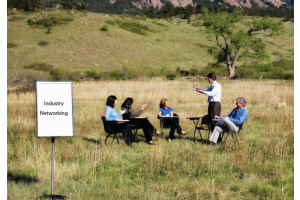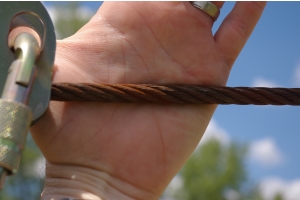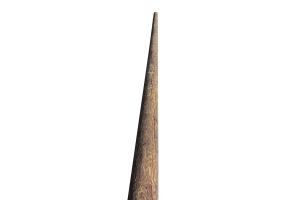Hardware Installation
-
May 02, 2023
Utility poles are an essential part of the challenge course industry. They provide the support for climbing structures, zip lines, and other high-adventure activities. However, utility poles are also subject to a variety of hazards, including weather damage, rot, and pests. As a result, it is important to inspect utility poles regularly to ensure their safety.
There are a number of different methods for inspecting utility poles. The most common method is a visual inspection. This involves walking around the pole and looking for any signs of damage, such as cracks, splits, or missing bark. If any damage is found, it should be reported to a qualified professional for further evaluation.
Another method for inspecting utility poles is a sounding test. This involves using a hammer to tap on the pole and listen for any hollow sounds. Hollow sounds indicate that the pole may be rotten or damaged.
In some cases, it may be necessary to drill into the pole to conduct a more thorough
-
January 04, 2022
Machine bolts are a type of fastener that is used to join together two or more components like wood beams to utility poles, or metal brackets to steel columns, etc. They are available in a variety of types, sizes, materials, chemical treatments, and can be used in a wide range of applications on a ropes course or zipline structure.
One of the most important factors to consider when choosing a machine bolt is the grade. The grade of a machine bolt indicates its strength and performance and a specific grade may be called out by standards, regulations or engineering criteria. The higher the grade, the stronger the bolt.
Some of the most common grades of machine bolts include:
- A307: This is a general-purpose grade that is suitable for most applications.
- A325: This is a high-strength grade that is used in applications where high strength is required.
- Grade 8: This is a very strong grade that is used in applications where extreme strength is required.
-
August 02, 2020
Wire rope is a mainstay and central component of modern ropes course, challenge course and zip line installations. In teh ropes course and zipline industry we typically utalize flexible wire rope like 1/4" to 3/8" GAC (Galvanized Aircraft Cable)or IWRC (Independant wire rope core) in sizes up to 1". It's important for designers, installers, inspectors and operators to understand some basics on wire rope design and inspection.
Wire rope construction
Wire rope is made up of a number of individual wires that are twisted together. The wires can be made of a variety of materials, including steel, stainless steel, and aluminum. The type of material used will depend on the application. For example, steel wire rope is strong and durable, but it is also heavy. Stainless steel wire rope is corrosion resistant, but it is also more expensive than steel wire rope. Aluminum wire rope is lightweight, but it is not as strong as steel or stainless steel wire rope.
-
November 21, 2018
A pulley is a simple machine that uses a rope and a grooved wheel to lift heavy objects. Pulleys are used in a variety of applications, including cranes, hoists, and elevators, but are also common pieces of hardware and equipment used on challeng coursses, aerial adventure parks and ziplines for rigging, element construction and emergancy rescue.
The parts of a pulley are:
- Grooved wheel: The grooved wheel is the heart of the pulley. It is the part that the rope is wrapped around.
- Axle: The axle is the central shaft of the pulley. It is what the wheel rotates on.
- Bearings: The bearings support the axle and allow it to rotate freely.
- Rope: The rope is what is used to lift the object. It is wrapped around the grooved wheel.
- Sheave: The sheave is the name for the grooved wheel.
When choosing a pulley, there are -
October 11, 2018
Installing a nut eye bolt and/or thimble eye bolt with washers into a utility pole or tree for a challenge course or ropes course element is a relatively simple process, but it is important to follow the correct steps to ensure the safety of your participants.
Materials Needed
- Nut eye bolt or Thimble eye bolt (optional)
- Washers (round, square or curved square and double coil locking washer)
- Drill
- Level
- Drill Bit /Auger Bit - 1/8" to 1/2" larger in diameter than bolt size (ex. if 5/8" bolt then 11/16 or 3/4" drill bit)
- Tape measure (to ensure even height on each side)
- Safety glasses
- Gloves
Instructions
Choose a location for the nut eye bolt or thimble eye bolt that is high enough to be out of reach of participants, but low enough to be easily accessible for maintenance.
- Use a level to make sure that the location is level (very important for installation of








